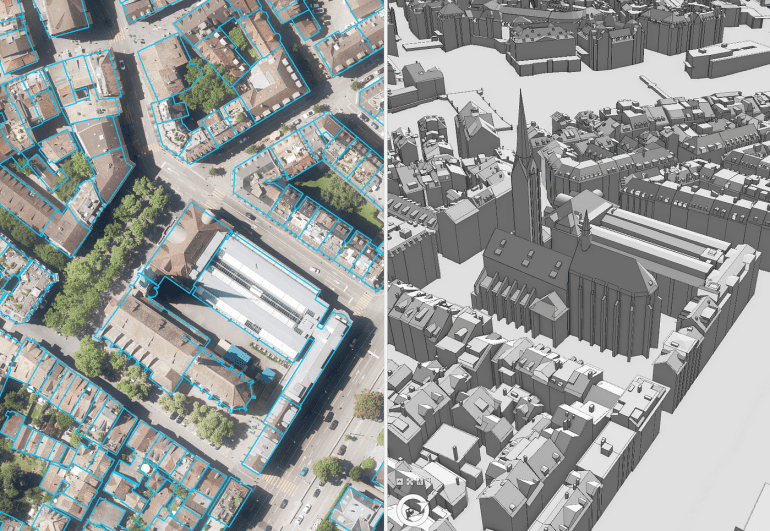- AI technologies like text-to-image systems and GANs are transforming cultural heritage preservation.
- These tools enable detailed digital replicas from textual descriptions and historical records.
- Advanced AI platforms such as Midjourney and DALL-E refine visual reconstructions iteratively.
- Real-world testing validates AI’s accuracy in depicting historical details.
- Multidisciplinary collaboration ensures authenticity in AI-generated reconstructions.
Main AI News:
In the realm of cultural heritage preservation, artificial intelligence (AI) emerges as a transformative force, addressing the urgent need to protect ancient sites and artifacts threatened by escalating conflicts and natural disasters. Wars, earthquakes, and floods pose existential threats to invaluable pieces of history worldwide, necessitating innovative solutions for their safeguarding. AI technologies such as text-to-image systems (e.g., Midjourney, DALL-E), 3D and 2D modeling tools (e.g., ArchiCAD, AutoCAD), generative adversarial networks (GANs) for image super-resolution, and machine learning algorithms play pivotal roles in the preservation and reconstruction of cultural heritage.
These advanced technologies enable the creation of detailed digital replicas from textual descriptions and historical records, significantly enhancing visualization accuracy and providing spatial data through photogrammetry and UAV-based 3D reconstruction. Such advancements are critical for protecting heritage sites threatened by both human conflict and natural calamities.
A noteworthy example is the pioneering work of a research team from Runel University London. They have developed a novel AI-driven method using text-to-image generation to reconstruct damaged heritage sites. Unlike traditional approaches reliant on physical remnants, their method leverages detailed textual descriptions from historical and archaeological sources to create precise visual representations. By generating images that closely resemble the original structures through specific text prompts, this innovative approach enhances digital heritage preservation by seamlessly integrating historical documentation with advanced AI capabilities.
The methodology employed by the research team involves several key steps. Initially, they meticulously collect and organize textual descriptions, architectural details, and historical records from diverse scholarly sources, ensuring a comprehensive dataset for generating accurate textual prompts. Subsequently, advanced AI platforms such as Midjourney and DALL-E are utilized to convert these detailed textual prompts into visual reconstructions of heritage sites. This process includes iterative refinement, where initial images undergo continuous improvement based on feedback and validation from historical experts and archaeological data.
Following the generation of AI-driven images, the methodology includes a critical phase of image selection and further iterative refinement. The AI-generated images are rigorously evaluated against historical benchmarks and validated for accuracy and fidelity, ensuring that the digital reconstructions closely align with the architectural and cultural contexts of the original heritage sites.
The research team’s approach has been rigorously tested through real-world scenarios, employing a multidisciplinary approach involving historians, archaeologists, and cultural experts. Their collaboration aims to ensure the accuracy and authenticity of AI-generated imagery against historical and cultural standards. The experiment utilized two methodologies: firstly, a historical accuracy check cross-referencing AI-generated images with historical records and literature to maintain contextual fidelity; secondly, quantitative metrics evaluation using SSIM, MSE, PSNR, and MAE to measure similarity to original references.
Testing across renowned sites such as Pompeii, Petra, and the Parthenon has demonstrated AI’s capability to faithfully depict intricate historical details and architectural remains. These results underscore AI’s technological advancements in preserving and visualizing cultural heritage, suggesting promising avenues for interdisciplinary research and future applications.
Conclusion:
The integration of AI into cultural heritage preservation marks a significant advancement for the market. It enhances the efficiency and accuracy of preservation efforts, offering new methods to document and reconstruct endangered historical sites. This not only meets urgent conservation needs but also opens avenues for technological innovation in historical research and tourism sectors.

